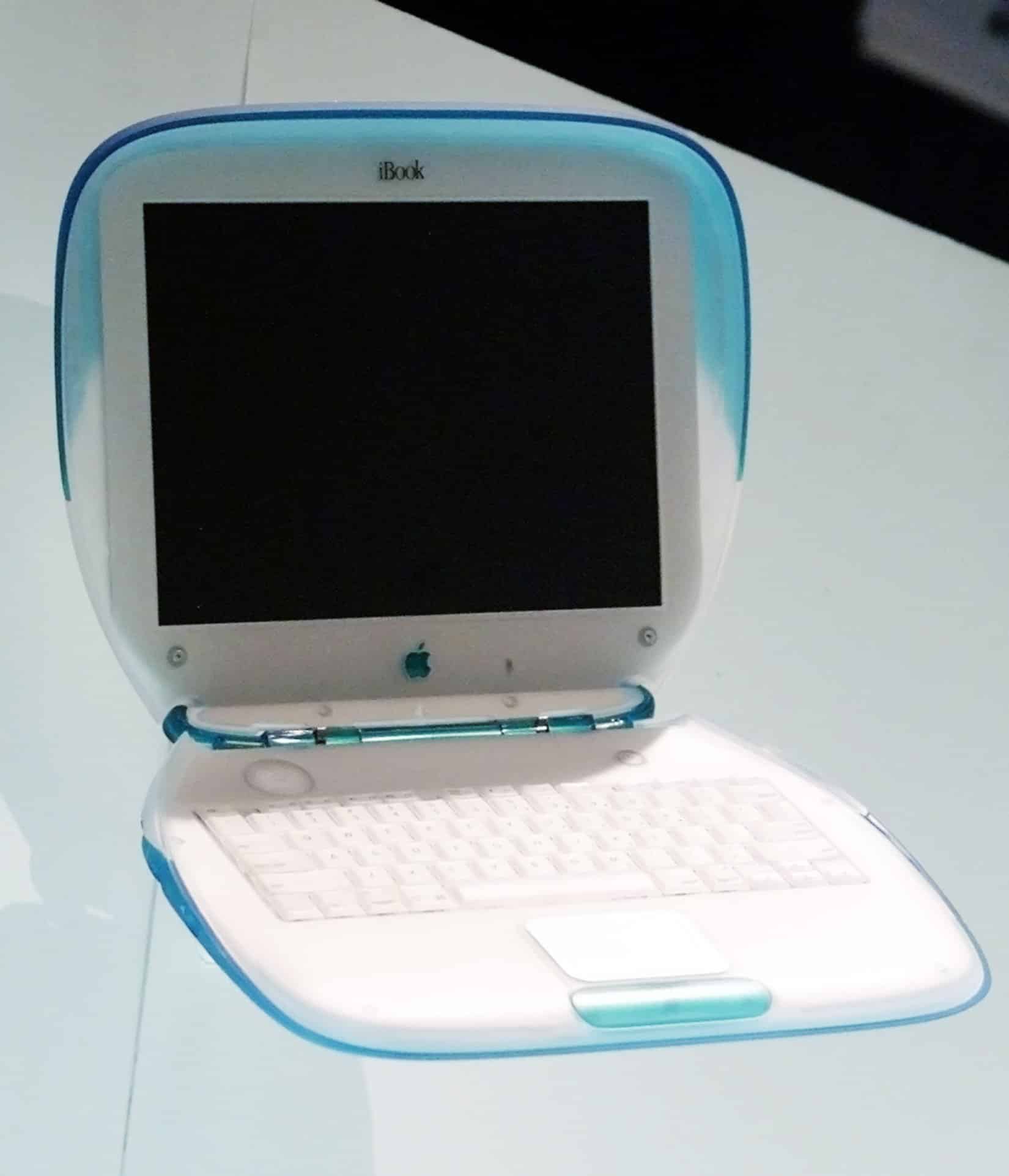Do You Need to Know React as a WordPress Developer
Share
The new WordPress content modifying machine Gutenberg can power the WordPress publish editor in WordPress 5. Zero. Gutenberg is a “block-based totally” editor. When developing content, the whole lot is a block. If you’ve got a submission that is one paragraph, one header, and then sections, that’s 4 blocks. Gutenberg comes with fixed or default “center” blocks — section, title, recent posts, photograph, blockquote, etc. However, if you’re using Gutenberg to create content material, you use the one’s blocks or custom blocks provided via WordPress plugins you put on your website.

Gutenberg is a JavaScript-pushed interface. Specifically, it’s miles constructed using Facebook’s open-supply user interface library “React.” This post explains a bit about growing your custom blocks to be used inside the Gutenberg editor to use JavaScript. Of course, you should no longer use JavaScript to create partnerships. Advanced Custom Fields (ACF) these days announced a neat-looking machine for growing custom blocks with PHP.
What Is React?
In front-give-up development, the least performant things you do are studying and writing from the DOM. Referencing and updating the DOM is a tough aspect of constantly doing across browsers. React offers a better device for this to enforce a reactive programming version and a virtual DOM abstraction.
Instead of interacting with the DOM directly, for example, jQuery.Html() or jQuery.Val(), React creates a virtual illustration of the DOM. We call this a digital DOM or VDOM. The VDOM is a JavaScript object that represents the shape of the DOM. Whenever your React code communicates to React a trade in any information, the VDOM is recalculated. After that, React calculates the difference between the DOM because it existed before the change and after the exchange. Then React (virtually reaction or React Native) updates just the components of the DOM that desire modification. How it does, this doesn’t remember almost.
How Is React Being Used in Gutenberg?
React is a library for growing reusable components. Because they’re reusable, we can compose interfaces out of additives. It is an open-source mission created on Facebook.
Everything is a block. Text, pics, galleries, widgets, shortcodes, and even chunks of custom HTML, irrespective of whether it’s introduced utilizing plugins or otherwise. You only have to discover ways to master a single interface, the block interface, and you then realize how to do the whole thing. – Gutenberg Handbook
Blocks are the basic unit of Gutenberg. We compose content out of one or more blocks.
Components are the atomic units of React. We compose React apps out of components. For example, Gutenberg is created with React, so every block comprises 1 or greater components.

It’s vital to observe, and I’ll cover this further in this collection of posts, but Gutenberg adds a skinny abstraction layer over React. In our Gutenberg code, we’ll use up.CreateElement rather than React.CreateElement. It works identically; however, while React’s API changes, WordPress can determine whether to support the changes and provide a backward compatibility wrapper.
This is right, making plans for the future, but for now, it’s simply React.
Do I Need To Know React To Develop With Gutenberg?
So, this brings us to the big question: Do you want to analyze React? No, you do not. None of this topic except you need to make your very own blocks. If you just need to apply the blocks provided by the center or plugins, you by no means want to make your very own block types.
No. But…
You can create a basic block without understanding tons of JavaScript. For example, take a study of this fundamental instance block, simplified from the reliable Gutenberg examples:
The one component that is probably new is using up.CreateElement — in this example, it is inside the variable “el” — to create HTML. That’s a flowery manner to make an HTML element of the kind “p.” I’ll cover that in my subsequent collection article.
WordPress has an abstraction layer over React, so you need to realize some functions: wp.CreateElement, which creates HTML, and setAttribute(), which is used to replace your block attributes.
I suggest going through the Creating Blocks section of the Gutenberg guide, after which I will review the examples repo and the example code from the WordCamp Miami 2018 Gutenberg workshop. That’s all code you can use without digging into React in any respect.
Yes, If…
If you need to make simple, easy blocks, maybe with one or controls, you do not want to recognize React as greater than those standards I cited before. But, if you create a more complicated block, proportion components among Gutenberg and different React apps, for instance, a wp-admin settings display or cell app in your plugin. React is a fun library, and talent with React is a completely marketable ability. But, more importantly, once you study React, you can apprehend the more advanced Gutenberg concepts — nation management, unit exams, etc.
How To Learn to React For WordPress and Gutenberg
This is the beginning of a collection on React development for Gutenberg. Next time, I’ll cover React basics, after which I will discuss how to apply them in Gutenberg blocks. From there, we make dynamic blocks, then study nation management and try them out. I have a listing of Gutenberg developer talks on my site that you may locate usefully. In this collection, I’ll be explaining React principles. However, if you want to analyze JavaScript and React deeply, Wes Bos and Zac Gordon have great publications on React and JavaScript to get you started.





